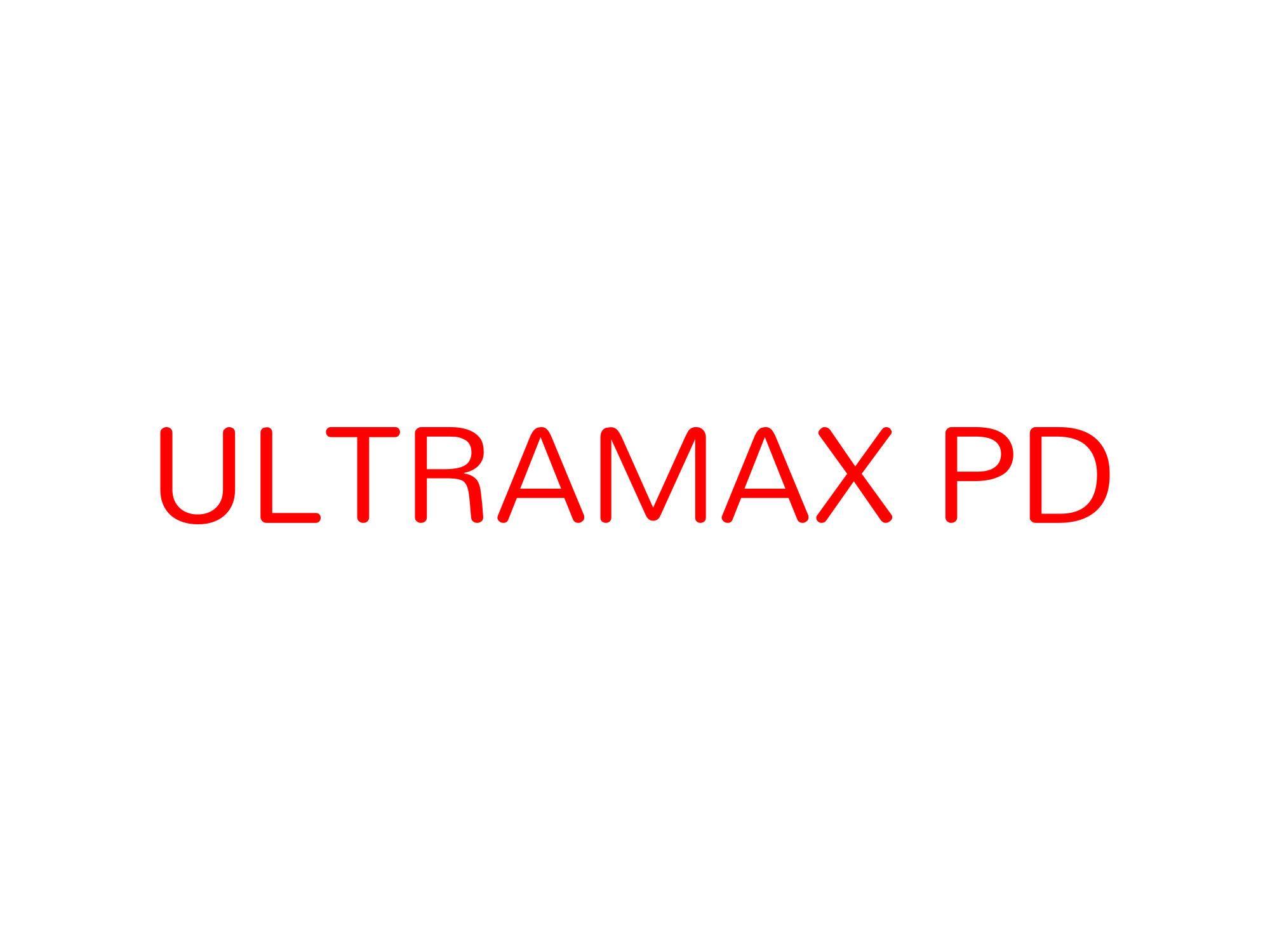Common Faults and the components they occur
Insulation Breakdown:
Insulation breakdown occurs when the dielectric strength of the insulation material is compromised, leading to a conductive path between two or more conductors. This fault can occur in various components, including cables, transformers, motors, generators, and switchgear. Insulation breakdown can result from factors such as aging, contamination, high voltage stresses, or mechanical damage.
Overheating and Thermal Damage:
Overheating and thermal damage can result from excessive current, poor connections, or insufficient cooling. These faults often occur in components such as electrical contacts, busbars, circuit breakers, power cables, and motor windings. Overheating can lead to insulation degradation, contact welding, or even component failure, posing safety risks and compromising system performance.
Short Circuit:
A short circuit happens when there is an unintended low-resistance path between two points of different potentials. Short circuits can occur in electrical cables, conductors, fuses, circuit breakers, and other switching devices. Short circuits can cause high currents to flow, leading to equipment damage, circuit interruptions, and potential fire hazards.
Arcing and Flashovers:
Arcing and flashovers refer to the uncontrolled electrical discharges that occur in the form of arcs or sparks. These faults can happen in switchgear, circuit breakers, contactors, relays, and other high-voltage components. Arcing and flashovers can cause localized damage, heat, and the release of hazardous gases. They can also trigger cascading failures and compromise the safety of personnel.
Contamination and Moisture:
Contamination and moisture can affect the performance and reliability of electrical components. These faults commonly occur in insulators, cables, connectors, and other exposed or outdoor equipment. Contaminants such as dust, dirt, or conductive particles can create leakage paths or cause tracking, while moisture can lead to conductivity and corrosion issues, accelerating component degradation.
Mechanical Damage:
Mechanical damage can result from physical impacts, vibrations, or stresses beyond the design limits of the components. It can occur in various parts, including cables, connectors, busbars, terminals, and mechanical support structures. Mechanical damage can compromise the integrity of the components, causing insulation breaches, loose connections, or even complete failures.
Insulation Degradation:
Insulation degradation can happen due to aging, environmental factors, or chemical reactions. This fault is often observed in cables, transformers, capacitors, motor windings, and other insulated components. Insulation degradation can lead to reduced dielectric strength, increased leakage currents, and compromised insulation resistance, affecting the overall performance and lifespan of the equipment.
Ground Faults:
Ground faults occur when an unintended connection is made between an energized conductor and the ground. Ground faults can occur in cables, motors, generators, transformers, and other grounded equipment. They can result from insulation breakdown, damaged cables, or faulty grounding systems. Ground faults can lead to equipment damage, electric shocks, or disrupt the proper functioning of protective devices.
Voltage Spikes and Transients:
Voltage spikes and transients are sudden, brief increases in voltage levels. These faults can occur in power supply lines, surge protectors, lightning arresters, and electronic equipment. Voltage spikes and transients can cause insulation breakdown, damage sensitive electronic components, or disrupt the normal operation of electrical systems. Adequate protection measures are essential to mitigate the effects of these faults.
Harmonic Distortion:
Harmonic distortion refers to the presence of unwanted harmonic frequencies in the power system. This fault can affect various components, including power transformers, capacitors, filters, and sensitive electronic devices. Harmonic distortion can lead to increased losses, overheating, and reduced efficiency in electrical equipment. It can also cause interference and compatibility issues with other equipment connected to the same system.

